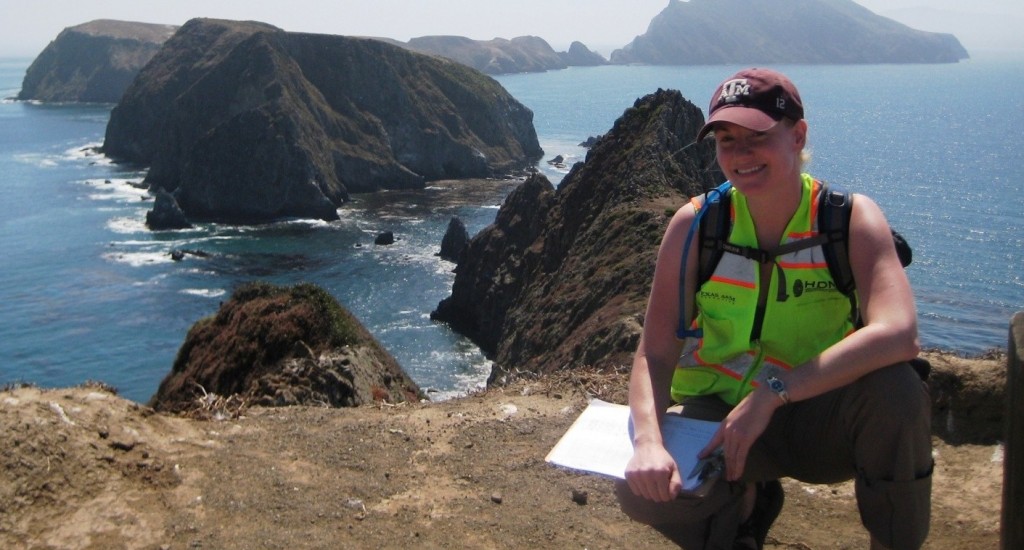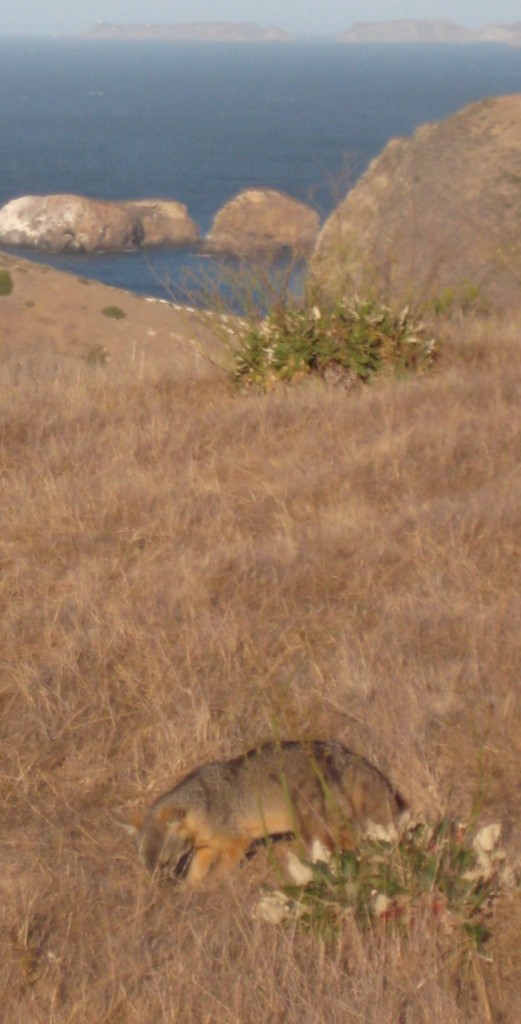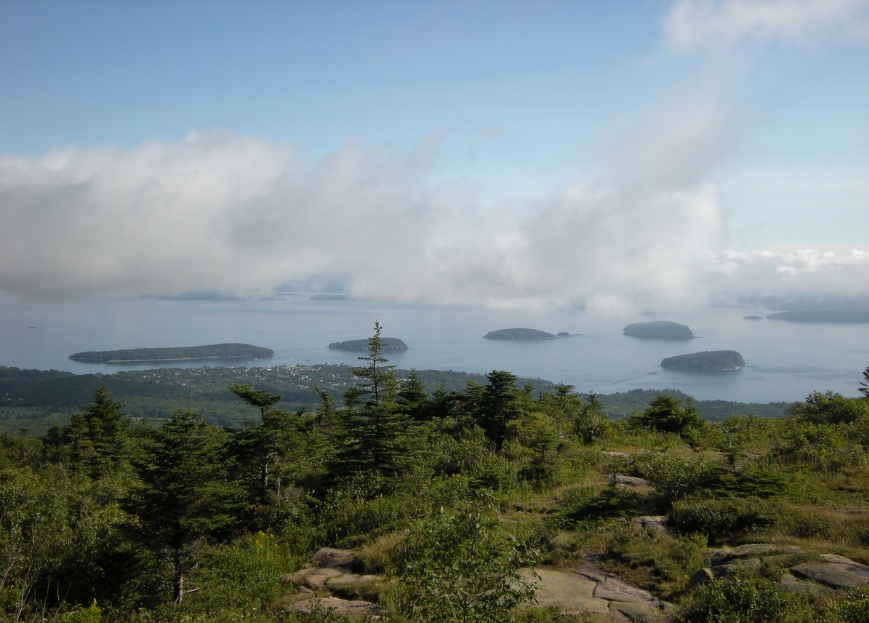
Channel Islands National Park in southern California
My professional and personal life experiences have revolved around questions about the complexities of environmental change in the context of protected areas. I have always been intrigued by the dynamics of human-environment interactions and have had the wonderful opportunity of expanding my interests through involvement in NSF-IGERT Applied Biodiversity Sciences (ABS) Program. The ABS curriculum and community has helped me to build an interdisciplinary understanding of how to most effectively and equitably incorporate public viewpoints in protected area management decision-making. As an ABS Associate Student, I have come to appreciate the importance of considering socioeconomic, behavioral, political, and ecological factors that shape the capacity of management agencies for supporting ecological integrity and human well-being.

As an applied social scientist with training in the human dimensions of natural resources, my scholarship inherently integrates multiple disciplines to examine how people interact with nature. I have a particular interest in spatial relationships between the perceived qualities of places – termed “social values for ecosystem services” – and measures of ecological function in island national park settings. For example, my colleagues from James Cook University (Australia) and the U.S. Geological Survey and I used a social-ecological systems framework to identify high priority places on Hinchinbrook Island National Park, Australia. We found that the perceived importance of places across the land and seascapes of Hinchinbrook corresponded to managerially-relevant biophysical metrics (e.g., distance to trail systems). Building on this study, my dissertation research examined the relationship between areas thought to carry biological diversity value and measures of ecosystem services (e.g., carbon sequestration) within an ecoregion of Channel Islands National Park, California. These results shed light on public understandings of biodiversity and spatially-explicit relationships between social and ecological data.
The second major focus of my research is on factors that shape human behavior, and in turn, contribute to changing social-ecological conditions in coastal and marine protected areas. My conceptual orientation for understanding the antecedents of human behavior (e.g., attitudes, beliefs, norms) is guided by theory in the realm of social psychology. For example, I worked with an interdisciplinary team of researchers to predict Australian residents’ perceptions of climate change impacts on the Great Barrier Reef Marine Park. We found that behavioral tendencies varied across subgroups of the survey population that could be targeted by managers for more effective communication and outreach. My dissertation built on these ideas in an investigation of outdoor recreationists’ behavioral responses to impacts such as invasive species, degradation of archeological artifacts and overfishing in marine reserves that surround the Channel Islands. I found that managers could activate behavior change by increasing individual’s ascription of responsibility, awareness of consequences and social pressures to undertake environmentally-friendly actions. Ultimately, I hope that my work will provide theoretical and practical implications for enhancing experiences that sustain and fulfill human life while benefiting biodiversity conservation in parks and protected areas.



